
Family Photo of the Solar System won Wang Zhipu the title of "Young Astronomy Photographer of the Year 2021" in the Royal Observatory Greenwich's annual astrophotography contest. [Photo provided to China Daily(
New finding expected to further study of moon, planets of the solar system
Chinese scientists have made an important new finding that is expected to further advance studies of the moon and planets inside the solar system.
Researchers at the State Key Laboratory of Remote Sensing Science, jointly run by the Chinese Academy of Sciences and Beijing Normal University, recently upgraded a lunar chronology model by measuring and analyzing samples brought back from the moon by China's Chang'e 5 mission.
The researchers, headed by Yue Zongyu from the academy's Aerospace Information Research Institute, published the new model in the latest issue of Nature Astronomy, an online, peer-reviewed scientific journal.
Previous lunar chronology models were based on radiometric ages of moon samples collected by the United States' Apollo and the Soviet Union's Luna missions and measured in laboratories with compiled information on crater distributions, the article said.
Such models have not only been widely used to determine the absolute ages of various regions of the moon, but also to date the surfaces of rocky bodies in the inner solar system. However, there is a gap in the ages of lunar samples between 3 billion and 1 billion years ago, which is almost half of the history of the moon, the article said.
The Chinese scientists measured the radiometric age of samples retrieved by the Chang'e 5 probe and concluded that they are around 2 billion years old. They then updated the most widely used chronology model, the Neukum model, which was devised in 1983 by the late Professor Gerhard Neukum, a planetary scientist at the Free University of Berlin.
A statement from the Aerospace Information Research Institute quoted researchers as saying that the updated model will play a significant role in lunar and planetary sciences by helping to better determine the age of celestial bodies.
The Chang'e 5 robotic mission was launched on Nov 24, 2020, from the Wenchang Space Launch Center in South China's Hainan province and landed on the moon eight days later.
The mission was the most significant event in China's space industry in 2020 and one of the world's most notable space events that year. The probe was the third spacecraft to touch down on the lunar surface this century after its two Chinese predecessors-Chang'e 3 and 4.
The landmark mission brought 1,731 grams of lunar rocks and soil back to the Earth on Dec 17, 2020, the first mission to do so since lunar materials were bought back to Earth in 1976 by the former Soviet Union.
The 23-day mission was one of the nation's most sophisticated and challenging space endeavors, and it made China just the third country in history to get materials from the moon, after the U.S. and the Soviet Union.
Chang'e 5's orbiter is now flying around Lagrange Point 1, which is located between the Earth and the sun and is in an ideal position for monitoring solar activities and extended scientific operations.













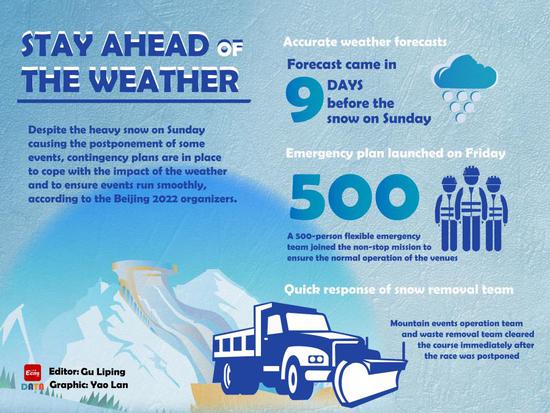


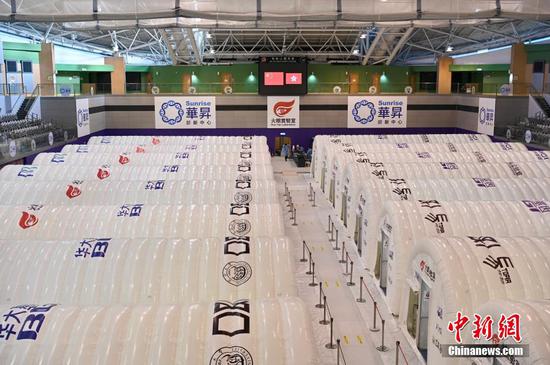

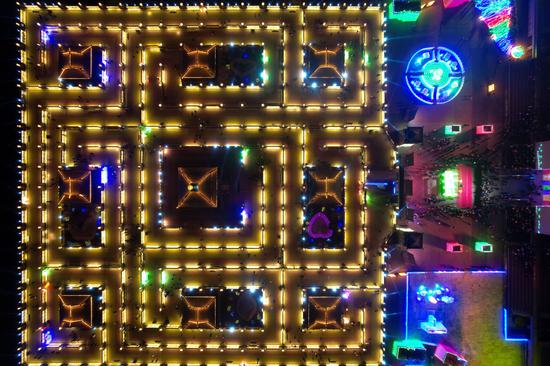
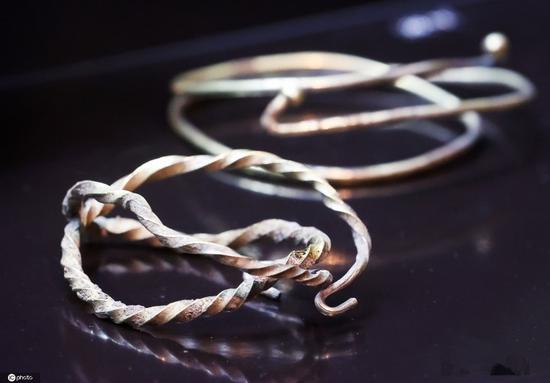






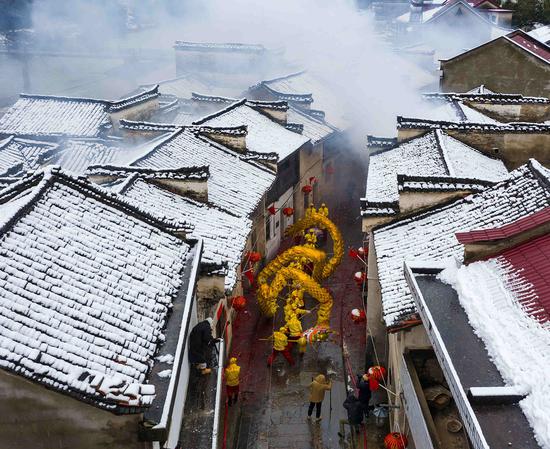



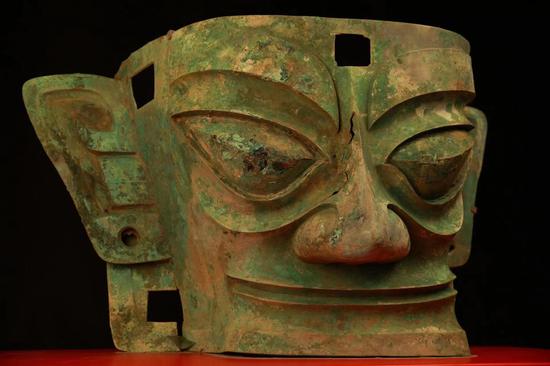









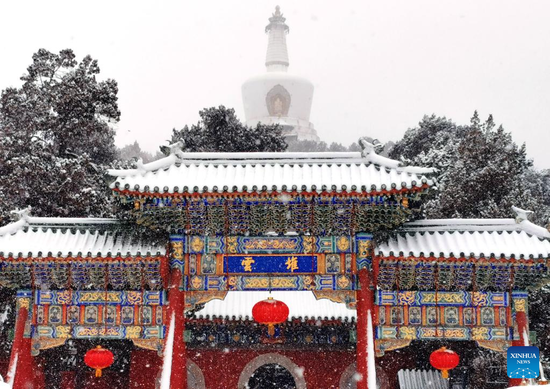
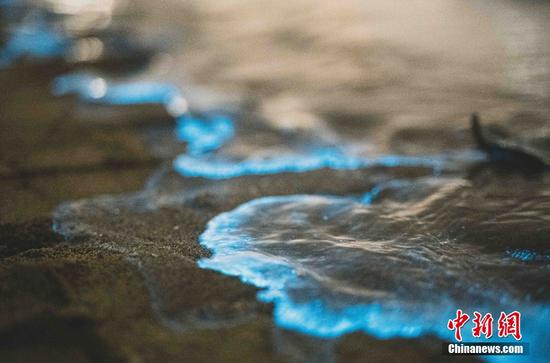
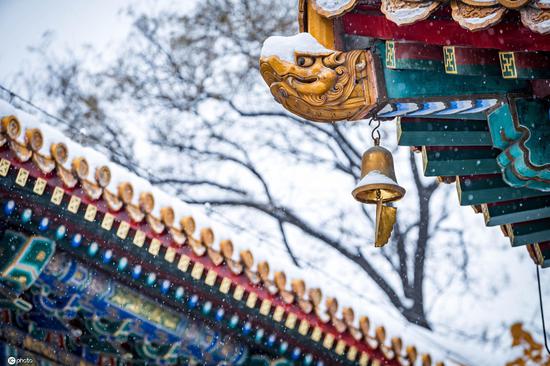







 京公網(wǎng)安備 11010202009201號
京公網(wǎng)安備 11010202009201號